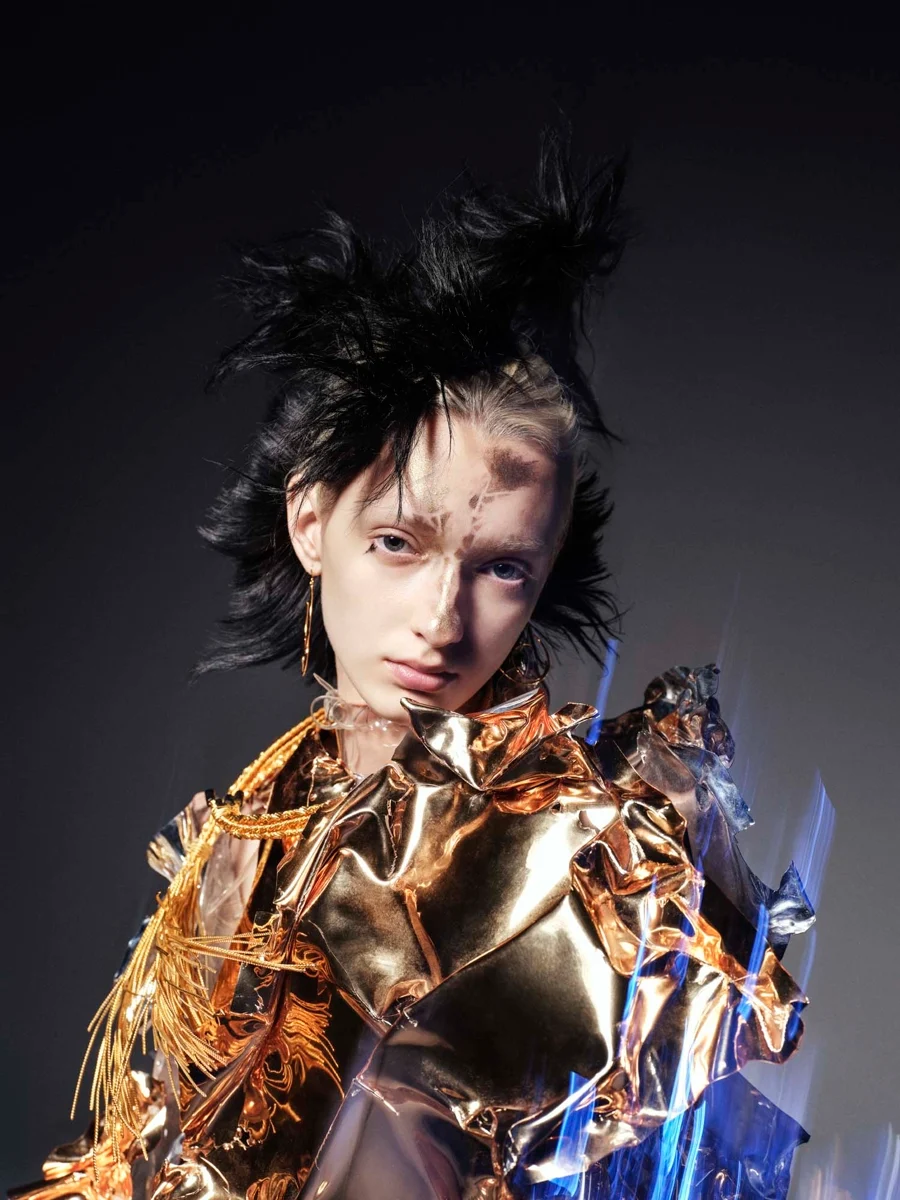Filter Product
Sort
Newest
Oldest
Lights
Profoto A2 (1)
Profoto A10 (0)
Profoto A1 (0)
Profoto A1X (0)
Profoto B1X (0)
Profoto B10 (0)
Profoto B10 Plus (0)
Profoto B10X (3)
Profoto B10X Plus (3)
Profoto B20 (2)
Profoto B30 (2)
Profoto B2 (0)
Profoto C1 Plus (0)
Profoto D1 (0)
Profoto D2 (3)
Profoto Pro-D3 (2)
Profoto Pro-10 (0)
Profoto Pro-11 (0)
Profoto Pro-B3 (1)
Profoto D30 (1)
Light modifier
Softboxes (6)
Umbrella (2)
Beauty Dishes (0)
Hard Reflectors (2)
Grids (2)
Gels (0)
Collapsible Reflectors (0)
Barndoors (0)
Snoots (0)
Adapters (1)

Race for the gold: Dramatic lighting challenge

Timeless and futuristic: Kaori Uemura creates with the Profoto B20 and B30

Portrait
Why lighting knowledge still matters in the age of AI photography with Lindsay Adler

Still life
Mastering on-location lighting with Evan Naka and the Profoto B20 & B30

Portrait
How photographer Ines Thomsen lights up AI images with Profoto

Clear Angle Studios is relying on Profoto in revolutionizing 3D Capture for the Entertainment Industry

Action
On-location with Blair Bunting and the Profoto Pro-B3

On set with Yu Tsai and Profoto D30

Still life
Martin Botvidsson taps into the relentless speed of the Profoto Pro-D3

Fashion
Conceptual fashion with Takashi Kamei and the Soft Zoom Reflector

Fashion
Fashion photographer Paula Watts chases light

Portrait